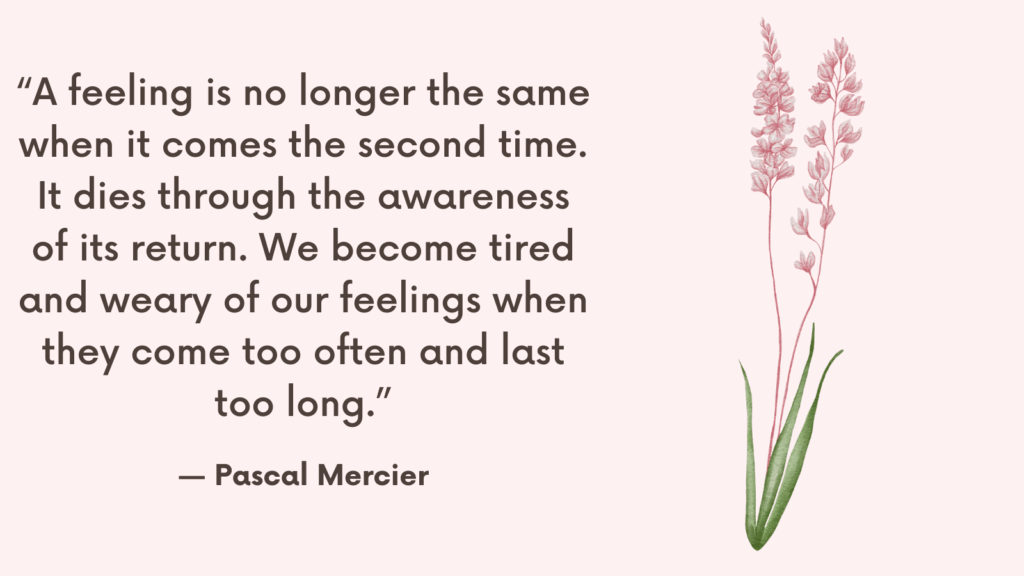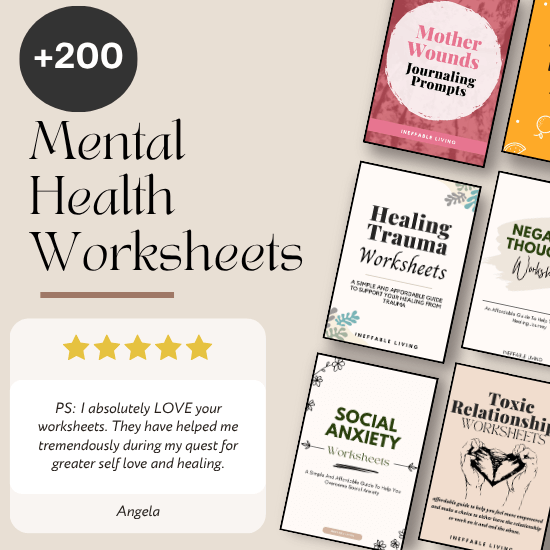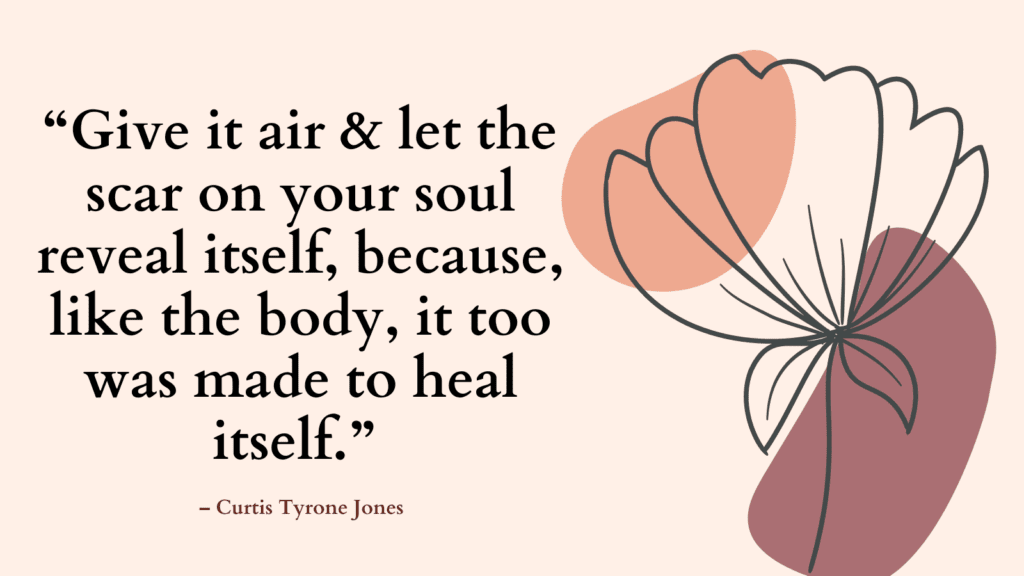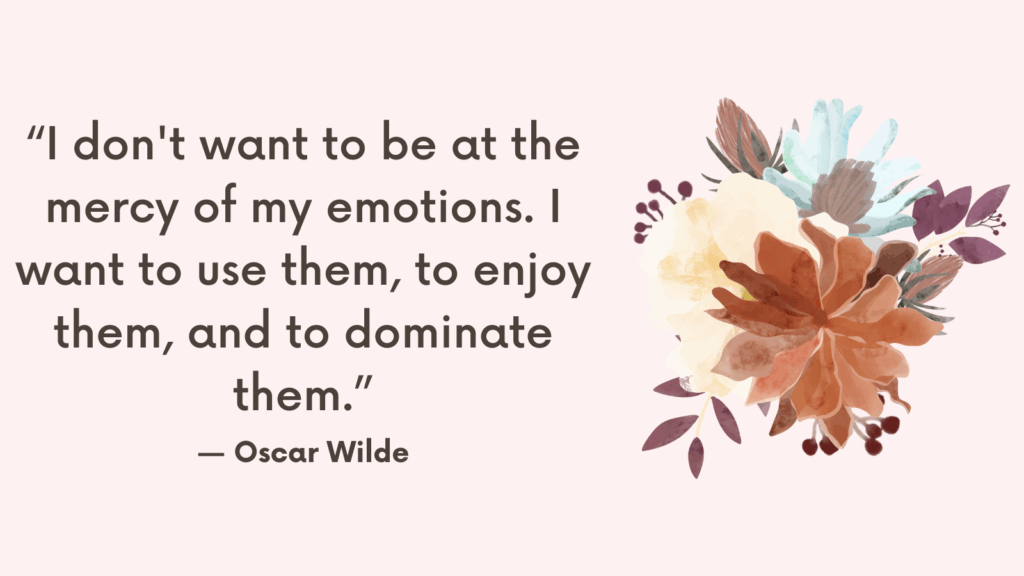Anxiety about anxiety—often referred to as “meta-anxiety”—can feel like an endless loop. You notice anxious thoughts or symptoms, and then begin worrying about the fact that you’re feeling anxious, which intensifies the experience. Understanding how to break this cycle is essential for emotional balance and mental clarity.
What Is Secondary Anxiety and Why It Happens
Secondary anxiety refers to the anxiety that arises not from a specific external threat, but from a reaction to your own internal experiences—like thoughts, physical symptoms, or emotions. It is anxiety about having anxiety and can often be more distressing than the initial anxious response.
Secondary anxiety is the layer of worry or fear that develops in response to your original anxiety. It often involves thoughts like, “Why am I feeling this way?” or “What if this anxiety never goes away?” This reaction creates a feedback loop that intensifies the emotional experience.
Primary anxiety is the initial response to a stressor—such as a looming deadline or social situation. Secondary anxiety occurs when you begin to fear the sensations or thoughts triggered by the primary anxiety. It is self-generated and often more persistent.
When the brain perceives your own anxiety symptoms as threats, it activates the fight-or-flight system again. This misinterpretation turns a temporary stress response into a prolonged and confusing experience. The brain tries to protect you, but ends up compounding the problem.
Triggers include noticing a racing heart, shallow breathing, trembling, or worrying that your anxiety means you’re weak, broken, or going to lose control. This over-attention to bodily or mental sensations fuels more fear.
Thoughts like “I shouldn’t feel like this,” “This means something bad will happen,” or “I need to fix this now” can turn manageable anxiety into a spiraling cycle. These thoughts act as accelerants, feeding the emotional fire.
Related: Always Anxious? These Worksheets Can Help You Calm Down Fast
How to Handle Anxiety About Feeling Anxious?
1. Understand the Cycle of Meta-Anxiety
Anxiety about anxiety starts when the brain interprets normal symptoms of stress—like a racing heart, shallow breath, or intrusive thoughts—as dangerous. This reaction triggers more stress, reinforcing the belief that something is wrong. Knowing that this cycle is common and explainable can lessen its intensity.
2. Label It to Defuse It
Give your experience a name: “I’m having anxiety about anxiety.” Naming what you’re feeling activates the rational part of your brain and reduces the emotional charge. This small cognitive step creates distance between you and the sensation, helping you regain control.
3. Practice Grounding Techniques
When you feel yourself spiraling, engage your senses. Use techniques like the 5-4-3-2-1 method: identify 5 things you see, 4 you can touch, 3 you hear, 2 you smell, and 1 you taste. This pulls your attention away from racing thoughts and into the present moment.
Related: Top 10 Practical CBT Exercises For Generalized Anxiety Disorder Relief
4. Avoid Thought Suppression
Trying not to think about anxiety often makes it worse. Instead of resisting anxious thoughts, acknowledge them without judgment. Think of your thoughts as passing clouds—you don’t need to interact with every one.
5. Reframe Anxious Sensations
Instead of viewing physical symptoms as a threat, remind yourself they are a normal reaction to stress. Tell yourself, “This is just my body trying to protect me.” Shifting from fear to curiosity about the sensations can neutralize them.
6. Use Body-Based Calming Strategies
Regulate your nervous system through physical action. Try deep diaphragmatic breathing, stretching, walking, or using a warm compress. Calming your body sends safety signals to your brain, disrupting the anxiety loop.
Related: High Functioning Anxiety Test (& How To Support Anxiety Recovery)
7. Limit Internal Monitoring
Constantly checking in with how anxious you feel fuels the cycle. Let go of scanning for symptoms or asking “Am I anxious right now?” Instead, shift your focus to external activities, tasks, or people around you.
8. Accept the Discomfort
Trying to eliminate anxiety instantly can backfire. Instead, aim to sit with it without trying to solve it. Say to yourself, “I can be with this feeling.” Acceptance often softens the grip of anxiety over time.
9. Challenge Catastrophic Thinking
Meta-anxiety often stems from catastrophic beliefs like “This will never end” or “I’m losing control.” Use evidence-based questioning to challenge those thoughts. Ask, “What’s the real likelihood of that happening?”
10. Develop a Daily Self-Regulation Routine
Create a lifestyle that supports a calm nervous system. Prioritize regular sleep, movement, hydration, and time offline. Build rituals like journaling, mindfulness, or nature walks to maintain emotional resilience over time.
Related: Solve Actual Problems, Don’t Just Cope: 7 Practical Steps to Break the Anxiety Cycle
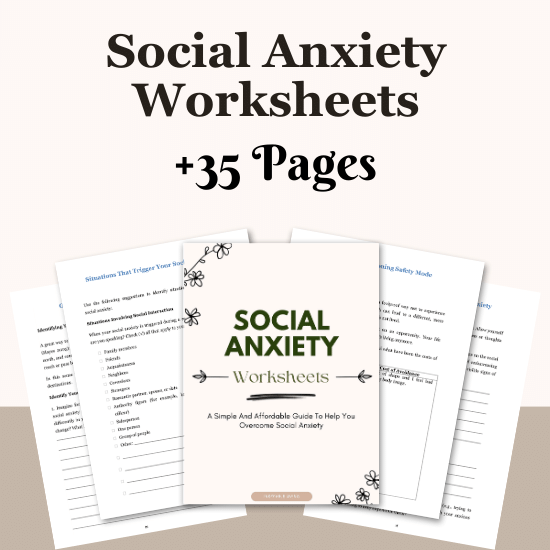
Conclusion
Each time you handle anxiety differently, no matter how small the change, acknowledge it. Progress builds confidence and rewires your brain to respond more calmly in the future.
